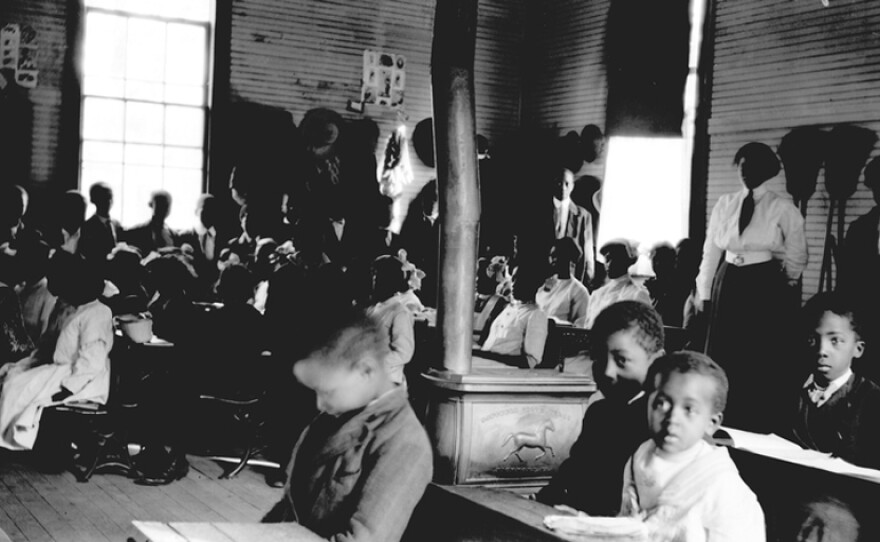
In examining the state of education for disabled children, it becomes evident that the term "subnormal" aptly describes the current situation in many parts of the world. Despite progress in acknowledging the rights of disabled individuals, the education system continues to fall short in providing adequate support and resources for these children to thrive academically and socially. This essay will explore the challenges faced by disabled children in accessing quality education, the systemic barriers perpetuating their marginalization, and the imperative for inclusive education practices to ensure their rightful place in society.
One of the primary obstacles facing disabled children in education is the pervasive stigma and discrimination embedded within societal attitudes. Historically, disabled individuals have been viewed through a lens of pity or inferiority, perpetuating the notion that they are incapable of participating fully in educational settings. This ingrained prejudice often leads to lowered expectations from educators, limited access to appropriate learning materials, and exclusion from mainstream classrooms. As a result, disabled children are systematically denied the opportunity to reach their full potential and contribute meaningfully to society.
Furthermore, the infrastructure of many educational institutions remains woefully inadequate in accommodating the diverse needs of disabled students. Physical barriers such as inaccessible buildings, lack of ramps or elevators, and inadequate restroom facilities pose significant challenges to their mobility and independence. Additionally, the absence of assistive technologies and specialized equipment further exacerbates their exclusion from the learning process. Without these essential resources, disabled children are effectively sidelined and denied equal opportunities for education.
Moreover, the curriculum and teaching methods employed in traditional educational settings often fail to cater to the unique learning styles and abilities of disabled students. The one-size-fits-all approach disregards the diverse needs of individuals with disabilities, leading to frustration, disengagement, and ultimately, academic underachievement. As a result, disabled children are relegated to the margins of the educational system, deprived of the enriching experiences and opportunities afforded to their non-disabled peers.
In addition to these systemic challenges, the lack of trained professionals and specialized support services further compounds the issue of subnormal education for disabled children. Many schools lack qualified special education teachers who possess the expertise and knowledge necessary to effectively meet the needs of diverse learners. Additionally, the shortage of therapists, counselors, and other support staff deprives disabled students of essential services such as speech therapy, occupational therapy, and psychological support. Without access to these critical resources, disabled children are left to navigate the educational system alone, often with detrimental consequences for their academic and emotional well-being.
The perpetuation of subnormal education for disabled children not only violates their fundamental rights but also has far-reaching implications for society as a whole. By denying disabled individuals access to quality education, we perpetuate cycles of poverty, dependence, and social exclusion. Moreover, we fail to harness the unique talents and perspectives that disabled individuals bring to the table, hindering innovation, creativity, and progress.
To address these systemic inequities, it is imperative that we embrace a paradigm shift towards inclusive education practices that prioritize the needs and rights of all learners. Inclusive education is founded on the principles of equity, diversity, and respect for individual differences, ensuring that every child, regardless of ability, has the opportunity to learn and thrive in a supportive and inclusive environment. This entails restructuring educational policies, practices, and attitudes to dismantle barriers to access and promote the full participation and inclusion of disabled students.
Key strategies for advancing inclusive education include:
-
Universal Design for Learning (UDL): Implementing flexible teaching methods and curriculum designs that accommodate the diverse needs of all learners, including those with disabilities.
-
Teacher Training and Professional Development: Providing educators with the knowledge, skills, and resources necessary to support the diverse needs of disabled students effectively.
-
Accessible Infrastructure and Technology: Ensuring that educational facilities are physically accessible and equipped with assistive technologies to facilitate the full participation of disabled learners.
-
Collaborative Partnerships and Support Services: Fostering collaboration between schools, families, communities, and support agencies to provide holistic support for disabled students.
-
Promotion of Positive Attitudes and Awareness: Challenging stereotypes, combatting stigma, and fostering a culture of inclusion and acceptance within educational settings and society at large.
Watch Live Sports Now!
Dont miss a single moment of your favorite sports. Tune in to live matches, exclusive coverage, and expert analysis.
Start watching top-tier sports action now!
Watch NowIn summary, the subnormal education of disabled children is a pressing issue that demands urgent attention and action. By addressing the systemic barriers and inequities that perpetuate their marginalization, we can create a more inclusive and equitable education system that honors the rights and dignity of all learners. Only through collective effort and commitment can we ensure that every child, regardless of ability, has the opportunity to reach their full potential and contribute meaningfully to society.